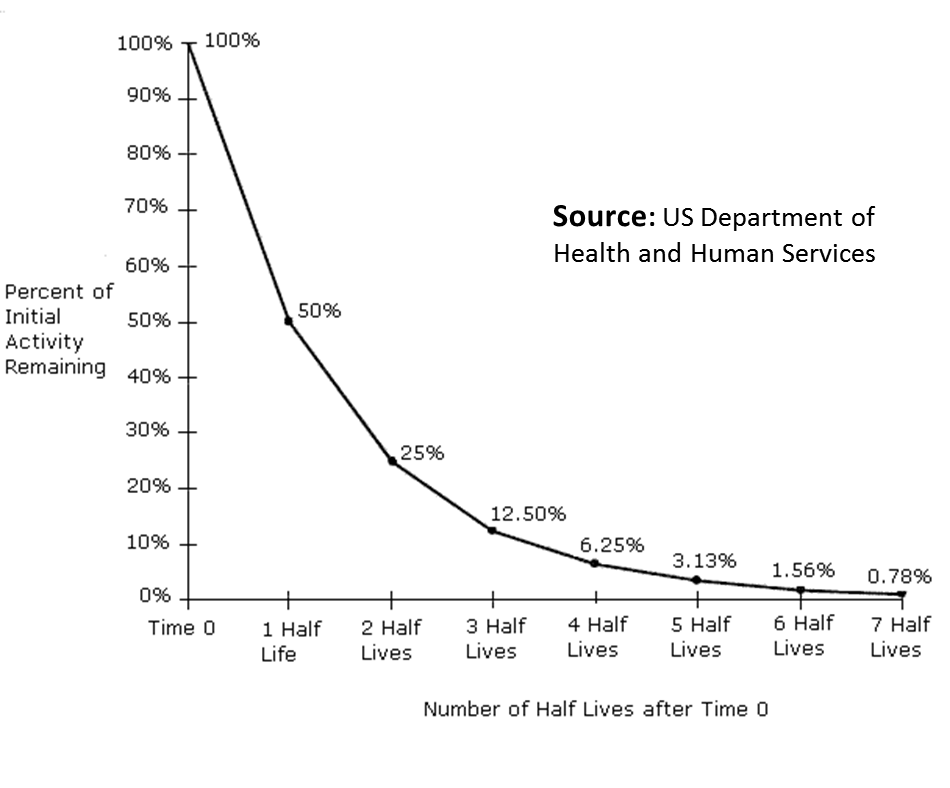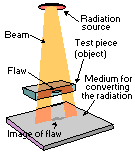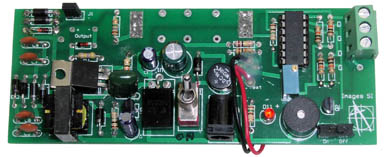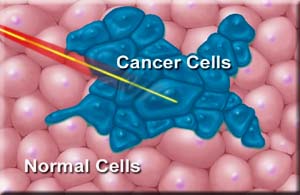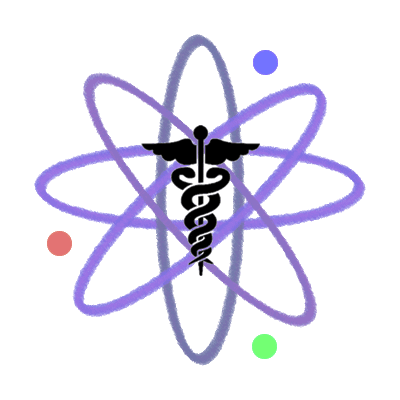There a number of different websites that monitor radioactivity at various locations in the U.S. and around the world in real-time. There was an explosion of new websites after the Fukushima disaster but some of them have already disappeared. Here is a list of some of the monitoring websites that are currently active. (Several of these have been detailed in previous posts on this blog.)
Radiation Network is primarily aimed at the United States. Individuals buy Geiger counters and connected them to the Internet. There software package that allows them to register with the network and start uploading readings on levels of local radioactivity.
Radnet is maintained by the United States Environmental Protection Agency. it show monitoring data from EPA monitoring stations spread across the U.S. They monitor air quality, rain water, drinking water and milk.
Independent live streaming video of a Geiger counter located in Santa Monica, California, U.S. A. on Upstream video website.
Federal Office for Civil Protection in Switzerland displays a network of 65 monitoring stations across Switzerland which updates readings on the map every day.
Federal Office of Radiation Protection in Germany displays a network of 1800 monitoring stations across Germany which updates readings on the map every day.
Safecast is a website that displays information gathered by over 600,000 private citizens from all over Japan. Each square on the maps contain readings from multiple Geiger counters.
Japan Radiation Map is maintained by the Institute for Information Design. It shows a map of Japan with color coded squares for radiation levels. Readings are updated daily.
Japanese Government Prefecture Radiation Readings is a website that provides detail on radiation levels in all the Japanese prefectures. The readings are updated several times daily.
(There are many more radiation monitoring sites in Japan but I only included a couple of the biggest in this list.)
Hong Kong Observatory maintains a website for 10 monitoring stations across Hong Kong which is updated hourly.
Russia has a radiation monitoring website where you can zoom in on a location to see a graph of recent radiation readings.
Serbia has 10 monitoring stations that are updated every half hour.
Slovenia has 70 monitoring stations that are updated regularly.
European Radiological Data Exchange Platform is a network centered in Italy that includes 33 European nations created to monitor radiation levels across Europe.
There are other sources of radiation monitoring information available but these websites contain interactive maps that are the most informative and easy to use.
Some of these sites are not in English. There are a lot of tools on the web for translating webpages. A couple of the popular tools are Google translate and Microsoft’s Bing Translator.

